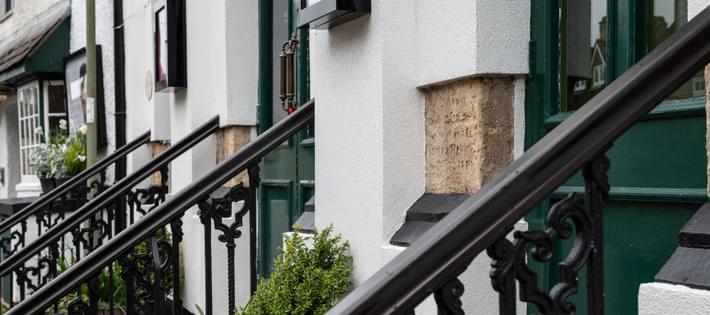
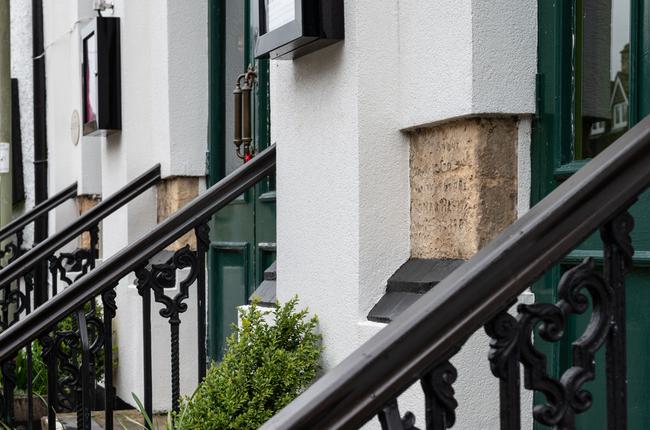
Our History
About UsOur History
Theatre, Comedy, Music, Cinema, Gallery, Workshops.
Arts and social impact since 1974.
Our atmospheric, beautiful little building began life as a Salvation Army Citadel, with the first stones, still visible outside, being laid in 1888. As was apparently common with Salvation Army buildings of the period, its designers and engineers were behind many Victorian Music Halls, leaving it perfectly proportioned for its future theatrical life. After the Salvation Army left, it continued for some years as a furniture warehouse, before being discovered for sale, semi-derelict, in 1968 by two Royal Shakespeare Company actors, Tamara and John Malcolm. In 1973, fundraising for the new Theatre began in earnest, and the year was crowned with The Theatre’s first panto, Beauty and the Beast, staged in the town hall. The Theatre began as a true community resource, with residents of Chipping Norton each asked for £1 towards the conversion.
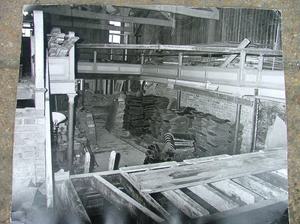
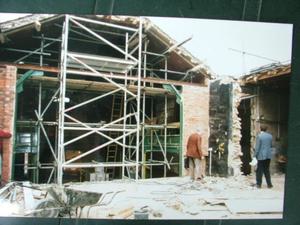
The Theatre building was opened in 1975 by a group of local and national celebrities, including Tom Baker (then Dr Who), and began with a light programme including films and lunchtime Jazz concerts. The adjoining cottage was purchased in 1974, and converted to become the bar and gallery. The Theatre continued to grow and flourish, expanding its programme and reputation, and beginning a programme of arthouse, independent and foreign language film that continues to this day. In 1990 The Theatre purchased the building in Goddards Lane that now serves as the green room, dressing rooms, offices and rehearsal room.
The Murals
Interview with Graham Rust
1996 saw a major refurbishment, funded in part by the Arts Council, improving many aspects of the building, particularly the stage and wing space. Graham Rust, one of Europe’s finest muralists, was commissioned to produce the murals now visible in the bar.
What was the creative brief for the murals?
The brief from Tamara Malcolm was to paint a mural in the bar area of the newly renovated theatre. This to depict scenes from the pantomimes that were important annual productions every Christmas and to evoke the spirit of the place -the grease paint, costumes and sense of fun.
Where did you find inspiration for the design?
The inspiration for the murals came from my own experience in childhood of amateur productions - in which I took part -plus visits to The Theatre Royal in Bury St Edmunds and the enthusiasm of various thespian friends living close by. The prima ballerina Annette Page and the choreographer Ronald Hynd, who live in my village, to name but two.
How was the fit up in The Theatre?
Most of the work was done on boards supplied to me by the theatre architect - in my studio in Suffolk - several the wrong size. Work in situ was hell - as although promised that there might be one person working in the area it turned out that a full crew were there until the opening night including welders on the staircase - sparks flying in all directions - tempers flared -Tamara in tears.
Despite everyone involved being exhausted all came right on the night - and I believe the Gala opening was considered a success.
Are there any other figures in the murals who are not from pantomime, or are there any specific choices you made in who you portrayed?
I also included characters from The Commedia dell' Arte ie. Columbine and Harlequin - in one of the trompe l'oeil boxes - to suggest another dimension to the programmes throughout the year along with other troupes -ie. the dancing figures painted on a sheet. I decided to have Buttons (in the Cinderella scene) played by a black woman, to represent multicultural inclusivity in the performing arts.
What do you hope people feel when they look at the murals?
Above all I hoped to convey a sense of joy, fun and make believe - and give people something to talk about in the intervals. The manager of The Theatre, Tamara Malcolm, had the idea of creating a riddle in the images - "time and tide wait for no man" (The prize was a crate of champagne but I don't think anyone came up with the solution).
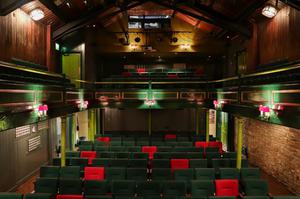
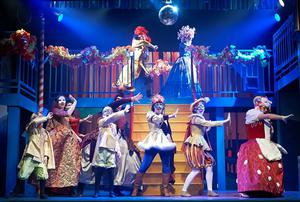
Not long after receiving a well deserved MBE for her services to The Theatre, Tamara Malcolm passed on the mantle of Artistic Director to Caroline Sharman. The current Artistic Director, the Theatre’s third, is John Terry who has overseen The Theatre's rebirth as a regular producer of its own work.
Producing at The Theatre
Homegrown Productions
The Theatre has had a strong and growing reputation for producing, presenting and touring its own work. The world-renowned traditional family pantomime is our longest running and largest annual production, drawing on a long history of traditional values, top-notch creative teams, and original, daring twists. Since 2012, The Theatre has been producing several productions a year under its ‘Homegrown’ banner, with productions ranging from Tolstoy to Michael Frayn, Tennessee Williams to original family shows and remounts of modern classics. Increasingly, this work is now travelling further afield, touring the UK and collaborating with other venues across the country to make theatre of the highest quality. Recent press acclaim includes “A performance of dagger-like virtuosity” and “Mesmeric…riveting” – The Telegraph and The Independent on The Kreutzer Sonata (Arcola Theatre and Chipping Norton); “ A superb display of comic timing and physical performance” and “Puts larger, more important producers/producing theatres to shame with this demonstration of what can be achieved with what I would imagine to be limited funds and resources” – The Stage and Stage Talk Magazine on Stones in His Pockets (UK Tour and Chipping Norton).
In 2010, The Theatre won the TMA Stage Newspaper Award for Outstanding Contribution to Regional Theatre, and stands as a rare example of a successful rural receiving and producing theatre, funded and supported almost entirely by local people, local councils and local businesses.
In recent years, The Theatre has taken an increasingly direct and impactful role in its community, working with local partners to tackle social inequality, isolation and lack of opportunities across the town and beyond.
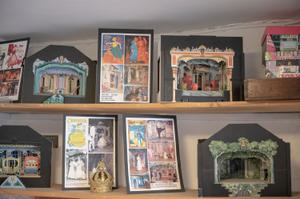
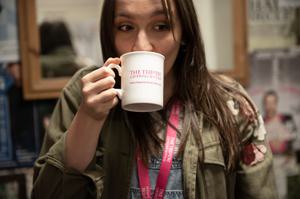
“In order to survive we must be remarkable, unique and essential. We must thrive as a varied receiving house, a creative hub and producing company in order to do this. We want to make our work bigger, bolder and more diverse, and we seek a deeper connection with the community in which we live.”
John Terry, Artistic Director - The Theatre Chipping Norton